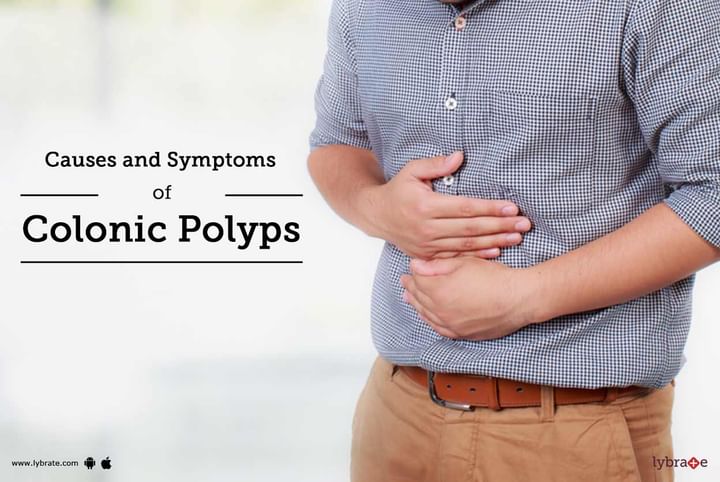Causes and Symptoms of Colonic Polyps
Colon polyps are growths that are typically found in the large intestine. Although the causes behind the occurrence of colon polyps are not known, this condition is usually seen to affect adults.
These colon polyps might turn into colon cancer over a period of time; the development of cancer can happen over a number of years.
Colon polyps are usually symptomless; hence it becomes difficult to diagnose the condition. They are commonly found as additional results of screening tests for colon cancers. Screening tests are conducted when there is a suspicion of a disease but it displays no significant symptoms. The symptoms can only be visible if the polyps are enlarged.
Typical symptoms include:
-
Changes in bowel conditions such as diarrhoea and constipation.
-
Changes in urination patterns.
-
Change in appearance of stool.
As the presence of most polyps becomes evident only during colon cancer tests, it is recommended that regular tests for colon cancer be conducted for adults over the age of 50.
Some of these tests include:
-
Colonoscopy: This is highly recommended for detecting colon polyps. A small tube used for viewing is inserted into the colon by the doctor.
-
Flexible Sigmoidoscopy: It is similar to colonoscopy with the only difference being that the tube is smaller.
-
Computed Tomographic Colonography (CTC): Also known as virtual colonoscopy, various computer systems and X-rays are used to create a detailed picture of the colon so that the doctor can search for polyps.
The size of the colon polyps helps to identify if the polyp is cancerous or not. Chances of the polyp being cancerous are high if the size of the polyp is higher than 1 cm or 0.4 inches. Hyperplastic polyps (smaller polyps) do not become cancerous and hence, do not need to undergo a colonoscopy. Another form of polyp is the sessile polyp which is usually a flat growth without a stalk and grows on the inner wall of the colon. Similar to other polyps, these polyps can be found and removed using a colonoscopy or a sigmoidoscopy. If you wish to discuss about any specific problem, you can consult a gastroenterologist.



+1.svg)
